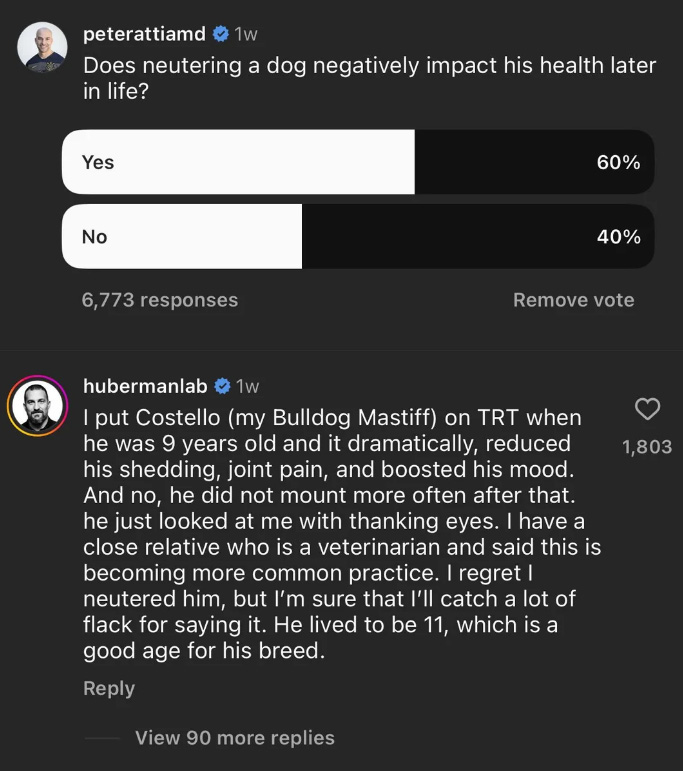In the wake of recent revelations regarding Andrew Huberman’s personal life, UFC enthusiasts are rallying behind his scientific protocol. Despite controversy surrounding his romantic entanglements, Huberman’s expertise remains highly regarded in the community.
Andrew Huberman, a 48-year-old associate professor renowned for his contributions to neurology and ophthalmology at Stanford University School of Medicine, has found himself in the spotlight. Known for his rigorous academic pursuits and extensive knowledge, Huberman’s podcast has garnered attention for its insightful discussions on topics ranging from neurobiology to human behavior.
The recent scrutiny stems from NY Magazine allegations regarding Huberman’s relationships with multiple women simultaneously. Reports surfaced detailing instances where Huberman purportedly maintained intimate connections with numerous individuals simultaneously. These claims have sparked debate among fans and observers alike.
Many UFC fans have noted that the only way a man could have enough energy to maintain this many relationships at the same time is if he optimized his protocol, in addition to enjoying TRT, which many speculate Huberman still does.
Huberman previously admitted to trying TRT for and even put his aging dog on it.

While the allegations have raised eyebrows, many remain steadfast in their support of Huberman’s contributions to science and medicine. His groundbreaking research and dedication to advancing our understanding of the human brain continue to inspire and inform.

It’s trully impressive he managed to juggle all these women while building up his career. To put things in perspective, a simplified version of his routine has close to 30 steps.
- Wake up between 5:30-7:00 during Dawn/Twilight/Sunrise.
- Record Wake Time (Temperature Minimum + REM).
- Wake up at the same time every day.
- Hydrate with 32 ounces of water mixed with salt (sodium + iodine) and electrolytes (potassium + magnesium), drinking 8 ounces per hour for the first 10 hours.
- Expose yourself to light (10-30) minutes after waking, aiming for 100,000 lux using a light meter.
- Perform breath exercises (Wim Hof: Tummo).
- Cold exposure.
- Move with forward ambulation and optic flow/dilate gaze (peripheral vision) to lower epinephrine and induce relaxation.
- *Endurance training, such as running, swimming, or cycling, 2-3 days weekly to improve brain health and cognitive function.
- Consume caffeine (60-120 minutes after waking).
- Engage in a focused/learning bout for 90 minutes.
- *Strength training (weights/body weights) 3 days weekly.
- End fast at 12:00.
- Walk for 5-30 minutes.
- NSDR (Non-Sleep Deep Rest) through guided hypnosis or Yoga Nidra.
- Meditate for 20 minutes.
- *Exercise window.
- Engage in a focused/learning bout with creative recreation for 90 minutes.
- Dinner following nutritional guidelines and considering supplements.
- Dim lights at sunset.
- Note gratitude.
- Walk while viewing sunset light for 10-30 minutes.
- Avoid light as the temperature decreases.
- Personal management tasks.
- Take a hot shower/bath or spend 20 minutes in a sauna to paradoxically cool the body for sleep.
- Consume chamomile tea containing apigenin.
- Plan the next day.
- Take magnesium treonate and theine (dreams) 30-60 minutes before sleep.
- Sleep in a dark, cool room, avoiding light exposure between 10:00-11:00, with no screens or bright lights, practicing nasal breathing by taping the mouth if necessary.













